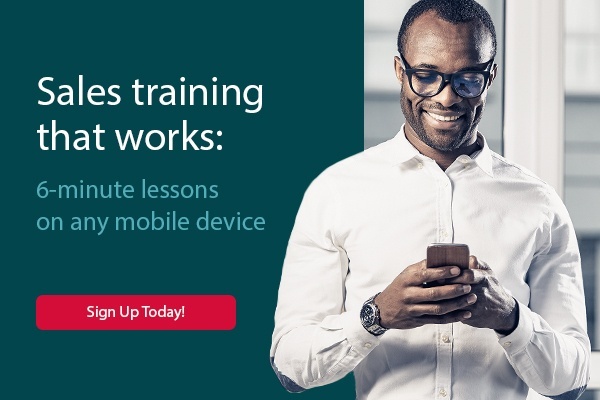In my experience, corporations don't like to quantify or hand over their internal data. First of all, they might not have been doing a thorough job. Second, it’s unlikely they’re going to want to share that data with you until you’ve developed great rapport.

Here’s a workaround I’ve used over the years. Let’s say you’re trying to pitch a lighting retrofit for a warehouse space. What do you do? Find another customer for whom you’ve completed a warehouse lighting retrofit and ask them if they’re happy with their upgrade. Be sure to also ask them if there were any unexpected benefits that came from the project.
You might get some interesting feedback. They could tell you something like, "Well, it's funny you should ask because we were in a staff meeting the other day and my manager said our returns rate has gone down, meaning that we've had greater shipping accuracy lately. Since our “return material authorization” activity is lower, we’re spending less on duplicate postage, packaging and restocking labor than we have in the past."
This is a case where the company’s pick and pack accuracy has improved because of the warehouse lighting retrofit. There might be other benefits, such as people being able to see more clearly, deciphering smudged shipping labels more accurately, and enjoying higher employee morale overall thanks to a brighter, more vibrantly lit environment. Once you hear these glowing (pun intended) post-installation anecdotes, you can share them with new prospects to build the interest and rapport you’ll need. Interest and rapport come first, then the numbers.
If they still aren’t comfortable sharing their data, you might convince the person to share where the company is having issues. Just keep it really low-key and ask basic questions. They might offer something like, "Oh yeah, we make shipping gaffes sometimes. You know what I mean? Everybody does." You can use that and juxtapose it with the lighting levels you find in the warehouse: “We took footcandle readings and they are 30% of what the Illuminating Engineering Society of North America recommends for warehouse lighting. I’m not surprised your people are experiencing some challenges given the challenging environment."
You could ask them how many errors they have per day or how much it costs to correct a shipping error. Let’s say the average error costs $50. How many errors would you have to avoid at $50 each to deliver the same positive economic result as your proposed project’s estimated $25,000 in annual energy and maintenance savings? It’s a simple calculation: 500. You’d have to prevent 500 errors to get that $25,000. By the way, once you start quantifying and monetizing the non-utility-cost financial benefits (like avoided shipping errors), you’re likely to find that the savings they represent handily outpaces the projected utility and maintenance savings that folks typically associate with an energy project.
Sometimes you can make a very convincing case with a few astute observations. You can make your point without the data, simply relying on your knowledge of their particular segment, or applying your calculations on the fly. Take out your pen and say, "Let's be a consultant and think this through. We’ll do the math on the back of this cocktail napkin." From there you’ll be collaborating using numbers you already have, which could generate a conversational outcome that both you and your prospect agree is reasonable.







